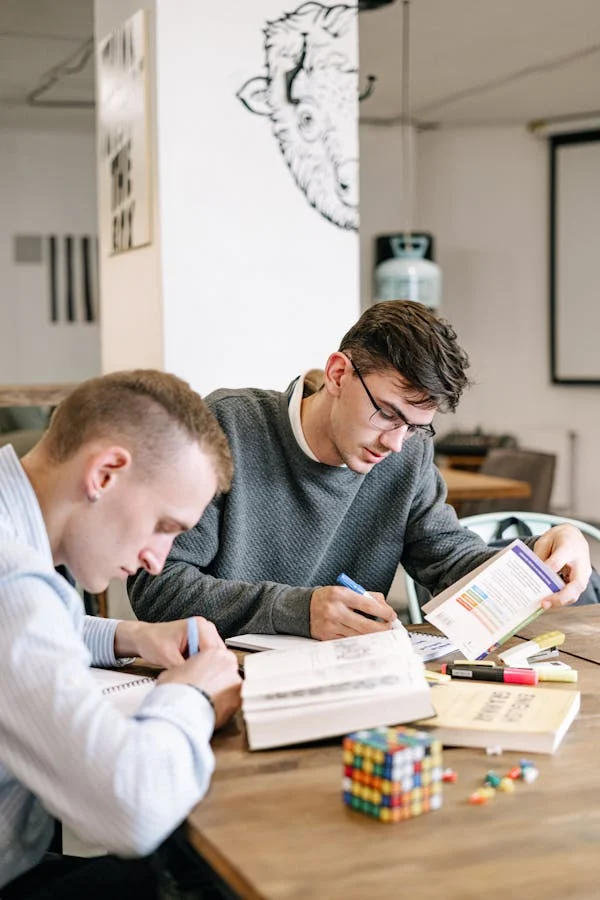Every day, individuals and organisations encounter challenges that demand quick decisions, innovative solutions, and strategic foresight. Whether it is a Nigerian entrepreneur navigating the complexities of the local business environment or a global tech leader addressing cybersecurity threats, the ability to think critically and solve problems effectively is indispensable. These skills are not just for crisis management -they are fundamental to innovation, productivity, and growth in any field.
Problem-solving and critical thinking are the dynamic duo of professional and personal success. Together, they enable individuals to analyze situations, weigh options, and implement solutions that drive progress. This article delves into the importance of these skills, their applications, and how they can be developed for real-world impact.

Problem-solving is the process of identifying an issue, analyzing its root cause, and implementing effective solutions. It involves creativity, logical reasoning, and decision-making to address challenges in an efficient and sustainable manner.
Steps in Problem-Solving
- Identifying the Problem
The first step is clearly defining the issue toward finding a solution. In 2020, when small businesses in Nigeria struggled due to the COVID-19 lockdown, entrepreneurs identified lack of digital presence as a key problem. - Analyzing the Problem
Understanding the root causes helps in creating targeted solutions. A logistics company in Kenya discovered inefficiencies in last-mile delivery due to outdated tracking systems. - Generating Solutions
Brainstorming multiple solutions ensures that the most effective approach is chosen. - Implementing the Solution
Once a strategy is selected, executing it systematically ensures measurable outcomes. - Evaluating the Results
Regularly reviewing the effectiveness of the solution ensures continuous improvement.
Critical thinking involves objectively analyzing information to make reasoned judgments. It is about questioning assumptions, evaluating evidence, and considering multiple perspectives to arrive at sound conclusions.
Components of Critical Thinking
- Observation: Paying attention to details and identifying patterns.
- Analysis: Breaking down information into manageable parts for deeper understanding.
- Inference: Drawing logical conclusions based on the data.
- Evaluation: Assessing the credibility of sources and validity of arguments.
- Problem-Solving: Using insights to address challenges effectively.
Why Are Problem-Solving and Critical Thinking Important?

1. They Drive Innovation
Organisations thrive when employees use critical thinking to explore fresh perspectives and solve complex problems. The rise of fintech startups in Nigeria, such as Flutterwave, showcases how problem-solving has been key to providing seamless payment solutions.
2. They Improve Decision-Making
In high-pressure situations, critical thinkers can evaluate options objectively, leading to better decisions. During the Flint water crisis in the U.S., critical thinking by scientists and activists highlighted flaws in public policies and pushed for actionable solutions.
3. They Foster Resilience
Problem-solving equips individuals to adapt and respond to setbacks effectively. Farmers in India used solar-powered irrigation systems to combat erratic electricity supply, demonstrating resilience and innovation.
4. They Enhance Team Dynamics
Teams that value critical thinking and collaborative problem-solving achieve higher efficiency and cohesion.
Examples of Problem-Solving and Critical Thinking in Action
In Lagos, a group of unemployed youths formed a cooperative to provide waste collection services in under-served communities. Their ability to identify the need for better sanitation and organize resources effectively not only solved a pressing problem but also created jobs. When NASA’s Apollo 13 mission encountered a critical oxygen tank failure in 1970, engineers on the ground exhibited exceptional problem-solving and critical thinking to bring the astronauts back safely – a story that continues to inspire collaborative ingenuity.
How to Develop Problem-Solving and Critical Thinking Skills

- Practice Active Listening
Listening attentively to others’ perspectives enhances your ability to analyze and respond effectively. - Ask Questions
Cultivating curiosity by questioning assumptions and exploring “why” and “how” improves critical thinking. - Engage in Brainstorming Sessions
Collaborating with diverse teams generate innovative solutions to complex challenges. - Learn from Failures
See every setback as an opportunity to refine your problem-solving approach. - Utilize Tools and Frameworks
Methods like SWOT analysis, root cause analysis, and mind mapping can provide structure to problem-solving processes. - Stay Open to Feedback
Constructive criticism helps refine your critical thinking and decision-making capabilities. - Invest in Continuous Learning
Online courses, workshops, and reading materials can enhance your analytical and problem-solving skills.
Challenges in Problem-Solving and Critical Thinking
- Bias and Prejudices
Pre-conceived notions hinder objective analysis. - Lack of Information
Inaccurate or incomplete data can lead to flawed conclusions. - Resistance to Change
People often struggle to adopt new ideas, limiting creative problem-solving. - Time Constraints
Tight deadlines can compromise the depth of critical analysis.
Role of Technology in Enhancing Problem-Solving and Critical Thinking
Advances in artificial intelligence (AI) and data analytics have revolutionized how individuals and organizations approach problems. Businesses use predictive analytics to identify potential issues and make proactive decisions. Schools integrate gamified learning tools to develop critical thinking skills in students.
Conclusion
Problem-solving and critical thinking are not just skills – they are mindsets. They empower individuals and organisations to navigate uncertainties, drive innovation, and achieve meaningful outcomes. From small-scale entrepreneurs in rural communities to global leaders shaping industries, these twin skills are the bridge between challenges and solutions.
As the world becomes increasingly complex, the need for critical thinkers and adept problem-solvers will only grow. By embracing these skills and fostering them in others, we can collectively address today’s challenges and pave the way for a brighter, more innovative future.
Contributed by Agolo Eugene Uzorka, a Human Resource Consultant and Content Writer.













